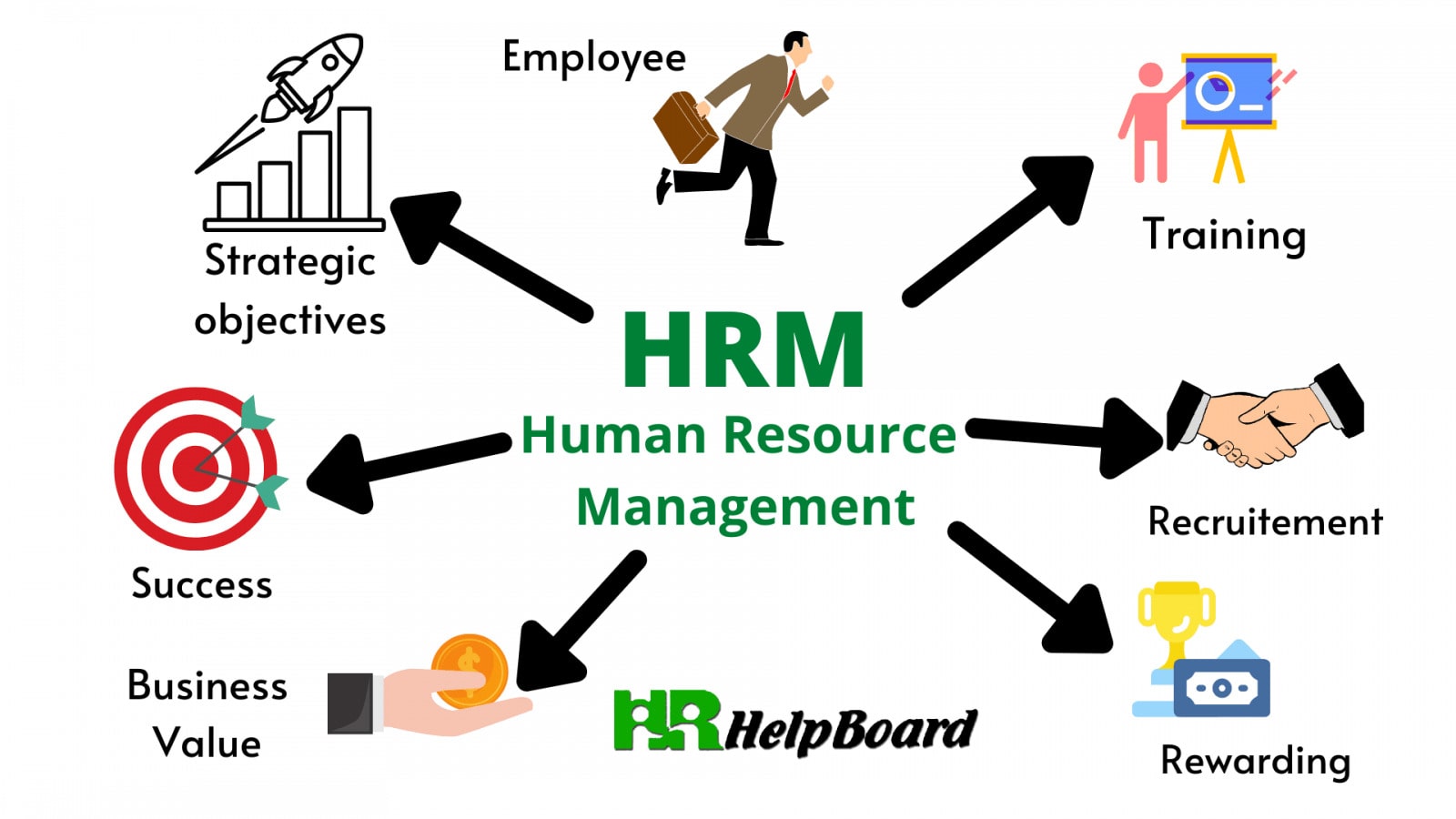Matrix (RAM - Responsibility Assignment Matrix) which displays work packages in the rows and roles in the columns - Popular Type is RACI chart - R-Responsible; A-Accountable; C-Consult; I-Inform. It is important when team consists of Internal and External Resources.
Networking is the process of communicating with others within your "Network" of contacts - By networking within the organization, PM can understand the political and Organizational Forces that will influence the project.
HR Networking activities include Proactive Correspondences, Luncheon Meetings, Informal Conversations including Meeting and Events, Trade Conferences, and Symposia. It can be a useful technique at the beginning of a project.
Resource Histogram shows the resource usage for a given period of time. It illustrates the number of hours a person, department, or entire project team will be needed each week or month over the course of the project.
Pre-Assignment, Occasionally specific resources will be Pre-Assigned to fill a role. This may occur before the Human Resource Plan has been created and even before the project formally begins.
Acquisition refers to looking outside the organization for resources when they cannot be provided by your organization.
Virtual teams are when all team members don’t work in the same location.
Five kinds of powers:
1. Reward power
2. Expert power
3. Referent power
4. Punishment power (Coercive)
5. Legitimate power (Formal power)
Reward and Expert are the most effective forms of power and Punishment/Coercive is the least effective. Recognition and Reward (Theories of Motivation) is the best choices for team building.
Maslow’s Hierarchy of Needs:
You can’t achieve higher needs until you’re satisfied with the lower ones. The self-actualization at the top of Maslow’s hierarchy.
Herzberg’s Motivation-Hygiene Theory:
Hygiene factors (Company Policy, Supervision, Good relationship with boss, working conditions,Paycheck, Personal life, Status, Security, and Relationship with co-workers)does not make someone satisfied, but their absence will make someone unsatisfied. Hygiene factors do not motivate by themselves. Motivation factors (Achievement, Recognition, Work, Responsibility, Advancement, and Growth) will motivate, but they will not work without the Hygiene factors in place.
Douglas McGregor’s Theory X and Theory Y:
Theory X- Team members are Selfish, Unmotivated, Dislike work (constant supervision is required - 'authoritarian management' style). Theory Y - Naturally motivated to do good work (manager trusts team members - 'participative management' style).
Expectancy Theory:
If workers believe their efforts are going to be successful and rewarded, they will tend to be highly motivated and productive.
Contingency Theory:
In stressful times, a task-oriented leader will be more effective, while in relatively calm times a relationship-oriented leader will function more effectively.
Methods of Conflict Management:
► Problem solving (Confronting): It’s a Win-Win situation (Highly favored way)
► Compromising: Lose-Lose method
► Withdrawal: Lose-Leave method (PMI does not favor this method)
► Smoothing: Lose-Yield method (Doesn't produce a solution)
► Forcing: Win-Lose method (Worst way).
Leadership styles:
► Autocratic/Authoritarian/Directing: Strong style. The PM seeks little or no information from the team, and is the sole decision maker.
► Bureaucratic/Persuading/Consultative Autocratic: Input is received from selected team members, but the PM is still the sole decision maker.
► Democratic/Participative/Consensus: Consults team for open discussion and information gathering; uses help from team to come up with a decision.
► Delegating/Free Reign/Shareholder: (Poor Leadership Style) little or no information exchange takes place within the project group.
► Team has ultimate authority on final decision, hands-off attitude.
► Transactional: Transactional leadership is really just a way of managing (management by exception) rather than a true leadership style as the focus on the short-term tasks.
► Transformational: A person with this leadership style is a true leader who inspires his or her team constantly with a shared vision of the future.
Generally, only one person is assigned Accountability for a work package, but more than one person may be responsible for performing the work on a work package.
Ground Rules:
Formal or informal rules that define the boundaries of behavior on the project. It is important that ground rules be defined and communicated to the team members.
Five Stages of Team Development are:
1. Forming
2. Storming
3. Norming
4. Performing
5. Adjourning
Constructive Team Roles:
Initiators, InformationSeekers, Information Givers, Encouragers, Clarifiers, Harmonizers, Summarizers,and Gate Keepers.
Destructive Team Roles:
Aggressors, Blockers,Withdrawers, Recognition Seekers, Topic Jumpers, Dominators, and Devil's Advocates.
The greatest project conflict occurs between Project Managers and Functional Managers. Most conflict on a project is the result of disagreement over Schedule, Priorities and Resource.
PM's Style of Leadership over Project Timeline:
Directing Leader > Coaching Leader > FacilitatingLeader > Supporting Leader









Some genuinely prime posts on this site, saved to fav.
ReplyDeleteContact for leadership and qualities of a leader ? humancapitalonline@gmail.com
ReplyDelete